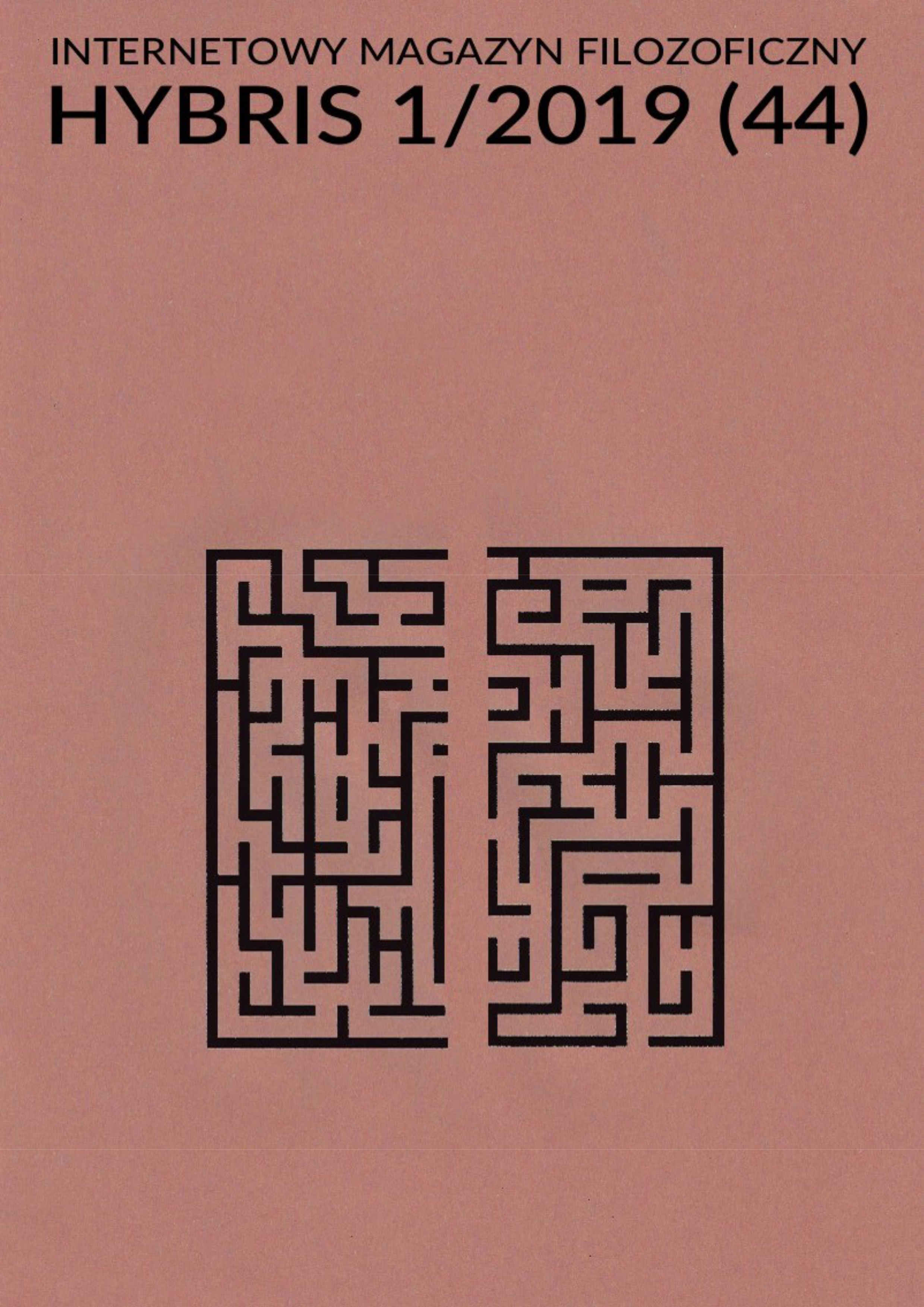The Trigger Effect: Cognitive Biases and Fake News
DOI:
https://doi.org/10.18778/1689-4286.44.06Keywords:
populism, online media, cognitive bias, impulsive behavior, political discourse, social mediaAbstract
This research study focuses on the problem of populistic propaganda online. In particular, this research study provides three case studies gathered in a Facebook Group of the Italian populistic movement Movimento 5 Stelle.
On the one hand, the three case studies provide three powerful counterexamples to the thesis that online media are purposeful aggregator of people. In fact, this research study finds that online media are the perfect environment for populism to thrive. For online media seem to foster the aggregation of people into groups whose main common denominator is the total refusal of anything that opposes the groups’ views. On this basis, this paper provides evidence that online media may impoverish democratic confrontation.
On the other hand, this paper finds that the one of the causes of the rapid rise of populistic movements in Western countries might also be related to the problem of cognitive biases. Indeed, the case studies presented in the paper posit the existence of something that is addressed as the trigger effect, i.e. agents’ tendency to react impulsively to any kind of content that fits agent’s views about current events. Specifically, this research study finds that the activation of the trigger effect might be a direct consequence of the activation of the narrow framing bias and of the anchoring heuristic in presence of fake news.
References
Burioni, R. (2017) La congiura dei somari. Perché la scienza non può essere democratica. Rizzoli
View in Google Scholar
Grillo, G. (2007) Tutte le Battaglie di Beppe Grillo. T.E.A. TASCABILI EDITORI ASSOCIATI
View in Google Scholar
Grillo, G. (2009) A Riveder le Stelle. BUR Biblioteca Univ. Rizzoli
View in Google Scholar
Grillo, G. (2010) Prendiamoci il Futuro. Perché nel Lambro si muore e nel Tamigi sguazzano i delfini? Rizzoli
View in Google Scholar
Jenkins, H. (2006) Convergence Culture: Where Old and New Media Collide. New York: New York University Press. Edizione italiana: Cultura Convergente. Apogeo Education. 2009.
View in Google Scholar
Kahneman, D. & Lovallo, D. (1993) Timid Choices and Bold Forecasts: A Cognitive Perspective on Risk Taking. Management Science, 39(1), pp. 17–31.
View in Google Scholar
DOI: https://doi.org/10.1287/mnsc.39.1.17
Kahneman, D. & Lovallo, D. (2003) Delusions of Success: How Optimism Undermines Executives’ Decisions. Harvard Business Review, July 2003 issue.
View in Google Scholar
Keen, A (2007) The Culture of the Amateur. How Today’s Internet is Killing Our Culture. Doubleday
View in Google Scholar
Levari, D.E., Gilber, D.T., Wilson, T.D., Sievers, B., Amodio, D.M., Wheatley, T. (2018) Prevalence-induced concept change in human judgment. Science 29 Jun 2018: Vol. 360, Issue 6396, pp. 1465-1467
View in Google Scholar
DOI: https://doi.org/10.1126/science.aap8731
Lévy, P. (1994) L’Intelligence collective. Pour une anthropologie du cyberespace, La Découverte, Paris. Edizione italiana: L'intelligenza collettiva. Per un'antropologia del cyberspazio. Feltrinelli. 1999. Traduzione di D. Feroldi e M. Colò.
View in Google Scholar
Lévy, P. (2002) Cyberdémocratie. Essai de philosophie politique, Odile Jacob, Paris. Edizione italiana: Cyberdemocrazia. Saggio di filosofia politica. Mimesi. 2007. A cura di G. Bianco. Traduzione di E. Busetto.
View in Google Scholar
McFadden, D. (2013) The New Science of Pleasure. NBER working papers. http://www.nber.org/papers/w18687
View in Google Scholar
DOI: https://doi.org/10.3386/w18687
Pagliaro, P. (2017) Punto. Il Mulino
View in Google Scholar
Tett, G. (2015) The Silo Effect: Why Putting Everything in its Place isn't Such a Bright Idea. Virago Press Ltd
View in Google Scholar
Downloads
Published
How to Cite
Issue
Section
License

This work is licensed under a Creative Commons Attribution-NonCommercial-NoDerivatives 4.0 International License.






